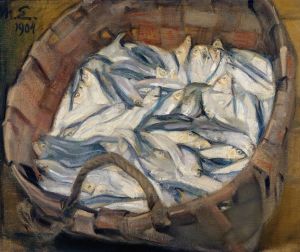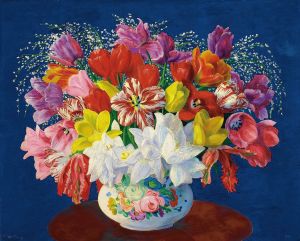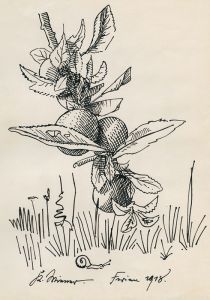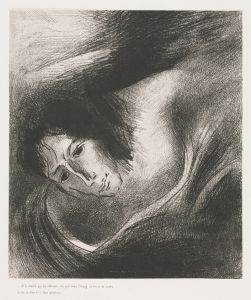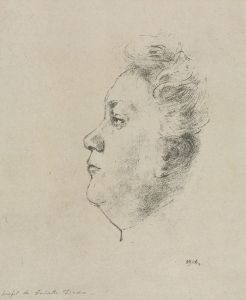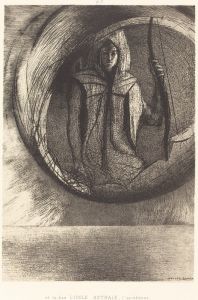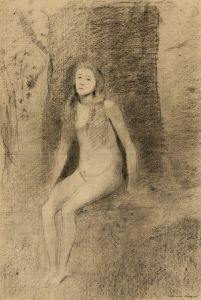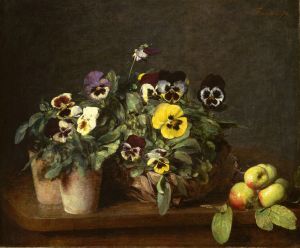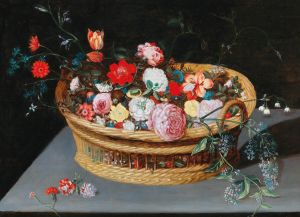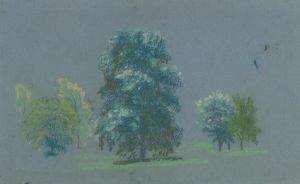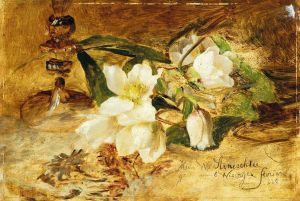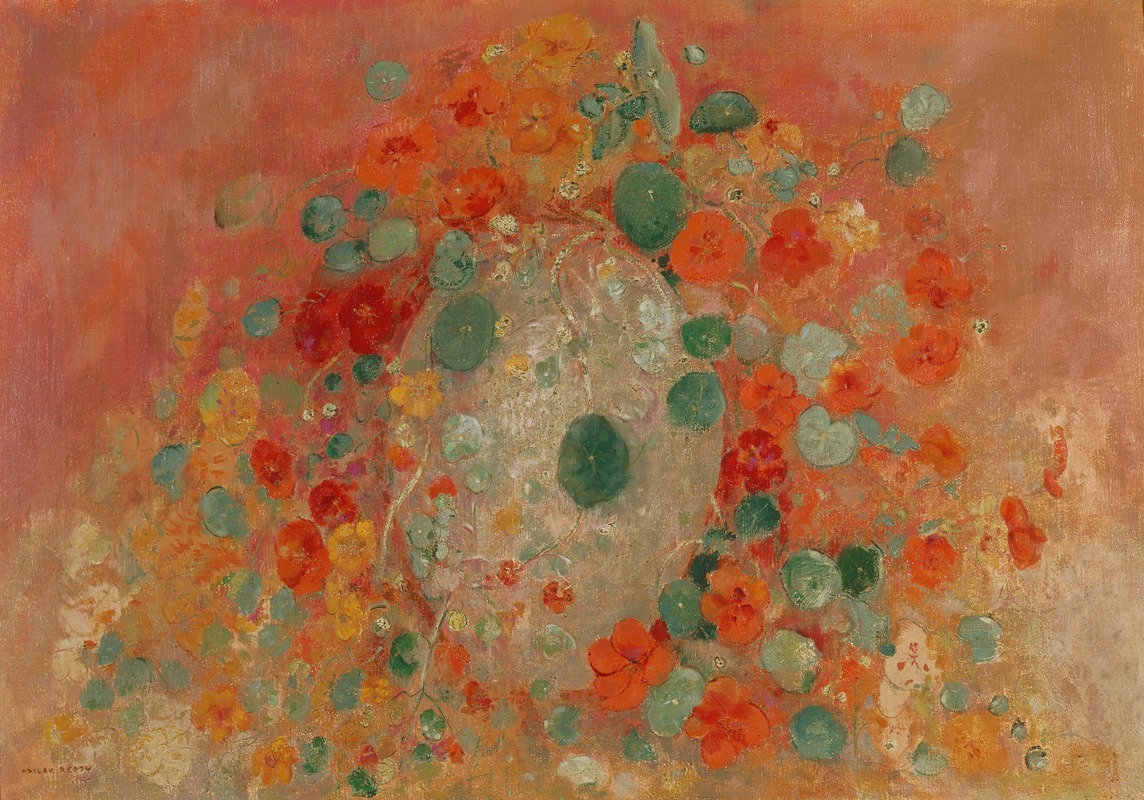
Nasturtiums
A hand-painted replica of Odilon Redon’s masterpiece Nasturtiums, meticulously crafted by professional artists to capture the true essence of the original. Each piece is created with museum-quality canvas and rare mineral pigments, carefully painted by experienced artists with delicate brushstrokes and rich, layered colors to perfectly recreate the texture of the original artwork. Unlike machine-printed reproductions, this hand-painted version brings the painting to life, infused with the artist’s emotions and skill in every stroke. Whether for personal collection or home decoration, it instantly elevates the artistic atmosphere of any space.
Odilon Redon’s Nasturtiums is a work of art created by the French Symbolist painter and printmaker, who is renowned for his dreamlike and often mysterious compositions. Redon (1840–1916) was a key figure in the Symbolist movement, which sought to convey emotions, ideas, and spirituality through art, often in contrast to the naturalism and realism of the late 19th century. His works frequently explored themes of imagination, nature, and the subconscious.
Nasturtiums is a still-life painting that exemplifies Redon’s later artistic style, which became increasingly focused on vibrant color and floral motifs. During the latter part of his career, Redon shifted from the monochromatic charcoal drawings and lithographs of his earlier years, known as his "noirs," to a more colorful and luminous palette. This transition was influenced by his growing interest in Impressionism and Post-Impressionism, as well as his fascination with the natural world.
The painting depicts a bouquet of nasturtiums, a type of flowering plant known for its bright, warm hues of orange, yellow, and red. Redon’s treatment of the flowers is characterized by a sense of delicacy and dreamlike quality, with soft, blended colors and an emphasis on the interplay of light and shadow. The composition reflects his ability to transform ordinary subjects into poetic and evocative images, imbuing them with a sense of mystery and wonder.
Redon’s floral still lifes, including Nasturtiums, were highly regarded for their innovative use of color and their ability to convey a sense of emotional depth. These works were often seen as a celebration of beauty and nature, as well as a reflection of the artist’s inner world. Unlike traditional still-life paintings, which often focused on realism and detail, Redon’s approach was more abstract and expressive, emphasizing mood and atmosphere over precise representation.
The exact date of creation for Nasturtiums is not definitively documented, but it is generally attributed to the later period of Redon’s career, likely in the early 20th century. This was a time when he was producing many of his most celebrated floral compositions, which were praised by critics and collectors alike.
Today, Nasturtiums is recognized as an example of Redon’s mastery of color and his unique ability to merge the real and the imaginary. The painting is housed in a public or private collection, though specific details about its current location are not readily available. Redon’s works, including Nasturtiums, continue to be celebrated for their contribution to the development of modern art and their enduring appeal to audiences worldwide.





